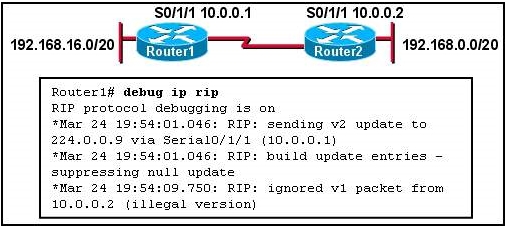CCNA: Routing Protocols And Concepts: Chapter 7
- CCNA
2.
You may optionally provide this to label your report, leaderboard, or certificate.
Submit
Submit
Submit
Submit
Submit
×
Thank you for your feedback!

















